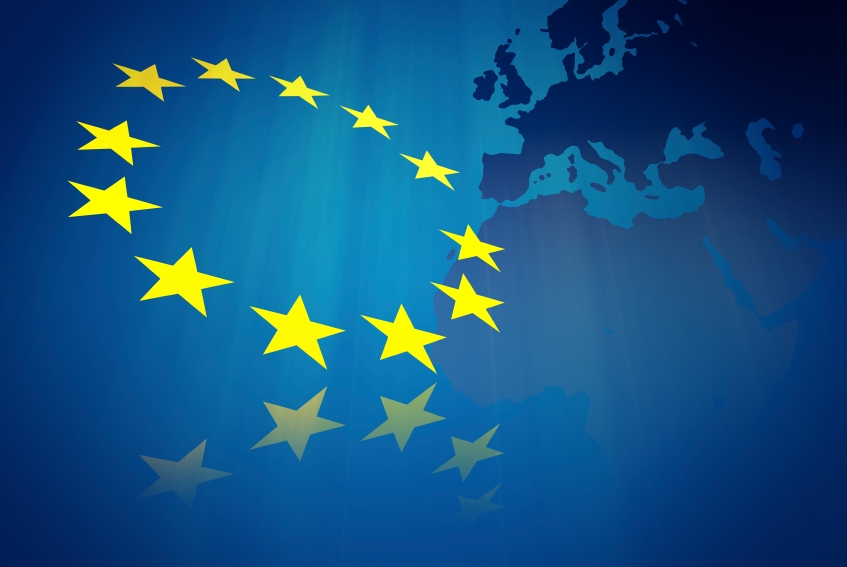NANOMATERIALS EU LEGAL FRAMEWORK
Nanomaterials consist of very small particles that cannot be observed by the human eye and can be present in nature or may be manufactured and added to consumer products in order to provide specific properties. The very small size of these materials provides special physical and chemical properties (e.g., color change when compared to non-nano form), but it can also influence the hazard properties of a specific nanomaterial. This means that some nanomaterials may have potential intrinsic hazards that are not observed in their non-nano form.
According to the European Regulation (EC) No 1223/2009 on cosmetic products, nanomaterial means “an insoluble or bio-persistent and intentionally manufactured material whit one or more external dimensions, or an internal structure, on the scale from 1 to 100 nm”.
All cosmetic products that contain nanomaterials shall be subject to a higher level of protection of human health. This means that, when notifying a cosmetic product, the presence substances in the nano form needs to be duly identified. (see previous publication)
Sun protection, nail varnish/nail make up, oxidative hair care, foundation, lip care products and lipstick are the most common product categories associated with the notified cosmetic products containing nanomaterials. (see previous publication)
On February 11, 2022, the European Commission (EC) has notified the World Trade Organization (WTO) of a Draft Commission Regulation amending Regulation (EC) No 1223/2009 on cosmetic products. The draft amendment regards the use of 12 ingredients in the nano-form. The SCCS has assessed the safety of these nanomaterials and concluded that some can pose a risk to the consumer. Annex II (list of substances prohibited in cosmetic products) of the European Cosmetics Regulation will be revised to include these 12 nanoingredients. (see previous publication)
EC’S RECOMMENDATION ON THE DEFINITION OF NANOMATERIAL
In order to clarify the definition of nanomaterials, the European Commission has published a new Recommendation.
Commission Recommendation 2011/696/EU has been applied as a reference for determining whether a material should be considered a ‘nanomaterial’ for legislative and policy purposes in the European Union (EU). The EC has carried out a review of such Recommendation, particularly focused on whether the particle number-based size distribution threshold of 50% should be increased or decreased and whether to include materials with internal structure of surface structure in the nanoscale such as (complex nanocomponent materials, including nanoporous and nanocomposite materials that may be used in specific sectors). The nanomaterial definition set out in Recommendation 2011/696/EU has been updated.
According to the new Recommendation, ‘nanomaterial’ is defined as “a natural, incidental or manufactured material consisting of solid particles that are present, either on their own or as identifiable constituent particles in aggregates or agglomerates, and where 50 % or more of these particles in the number-based size distribution fulfil at least one of the following conditions:
(a) one or more external dimensions of the particle are in the size range 1 nm to 100 nm;
(b) the particle has an elongated shape, such as a rod, fibre or tube, where two external dimensions are smaller than 1 nm and the other dimension is larger than 100 nm;
(c) the particle has a plate-like shape, where one external dimension is smaller than 1 nm and the other dimensions are larger than 100 nm.”
Particles with at least two orthogonal external dimensions larger than 100 µm do not need to be considered in the determination of the particle number-base sized distribution. Moreover, a material with a specific surface area by volume of <6 m2/cm3 shall not be considered a nanomaterial.
If you wish to get more information regarding nanoparticles in cosmetics and its safe use, feel free to contact us at info@criticalcatalyst.com.
References:
- Regulation (EC) No 1223/2009 of the European Parliament and of the Council of 30 November 2009 on cosmetic products.
- Scientific Committee on Consumer Safety (SCCS). Scientific Advice on the safety of nanomaterials in cosmetics. (SCCS/1618/20). Corrigendum of 8 March 2021.
- Commission Recommendation of 10.6.2022 on the definition of nanomaterial. 2022















